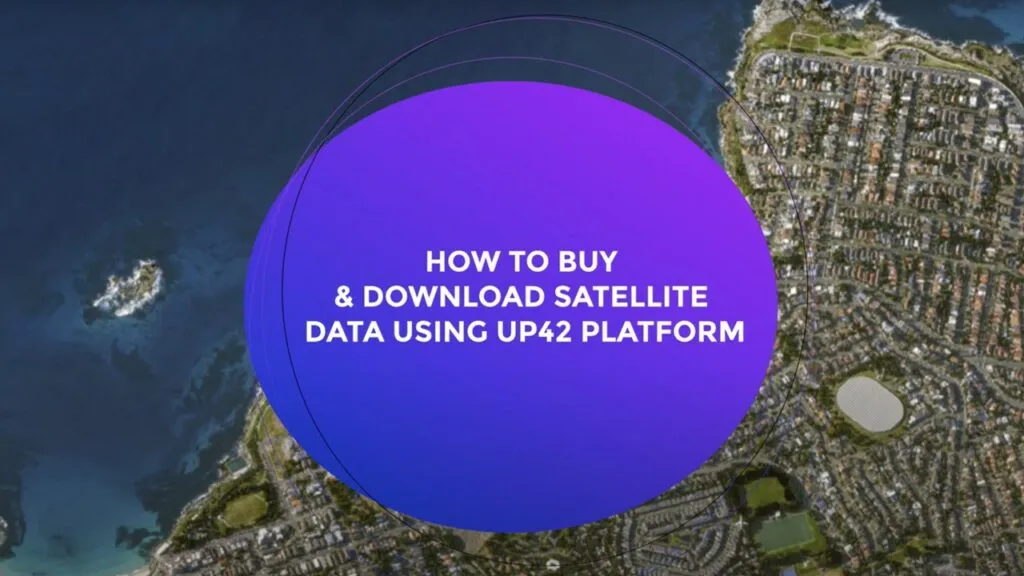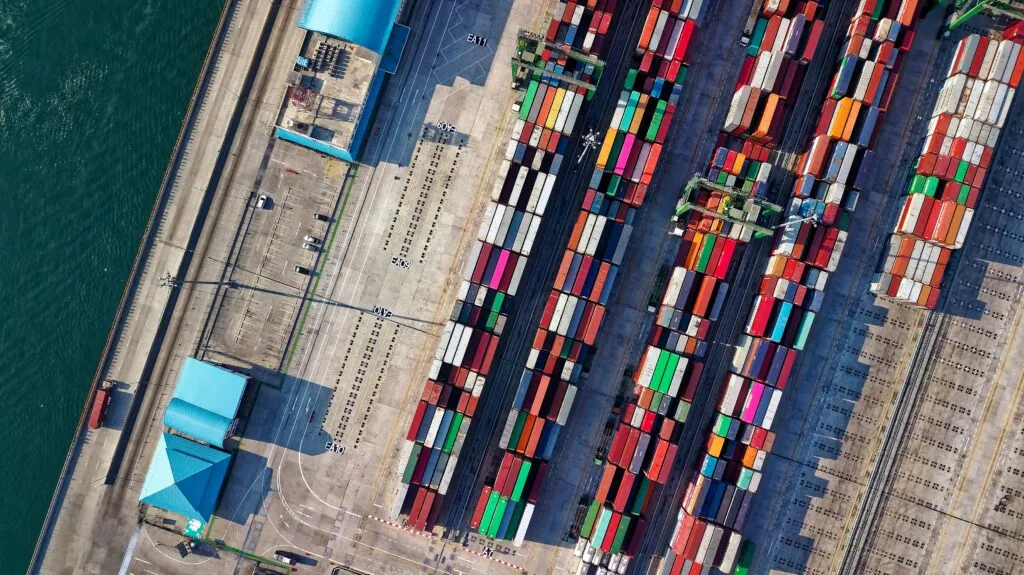
It’s Easier Than Ever to Buy Satellite Data for Your Project
Editor’s note: This article was written as part of EO Hub – a journalistic collaboration between UP42 and Geoawesome. Created for policymakers, decision makers, geospatial experts and enthusiasts alike, EO Hub is a key resource for anyone trying to understand how Earth observation is transforming our world. Read more about EO Hub here.
Buying satellite data isn’t an easy process. Historically, satellite companies have dealt in huge multi-million dollar contracts and have been less likely to spend time on smaller clients. The lead time for receiving purchased data can be days or even weeks, and pricing is often confusing.
In short, in the world of instant online purchases and payments, it’s still catching up... But it’s getting easier. There are several startups and marketplaces that offer a quick route to purchase satellite data from a variety of vendors. For customers looking to buy a smaller volume of data than a government (i.e., most of us), their services are likely to be useful.
The UP42 Marketplace
We’re going to use a well-known player in the industry as an example: UP42. This Berlin-based startup offers a developer-centric platform that enables customers to buy, process, and analyse satellite data at scale, all together in a single environment. Besides the option to download purchased data, the platform offers enormous possibilities for processing and analytics, with over 85 dedicated algorithms that can be used to analyse the purchased data. It features algorithms from cloud masking and vegetation indexes to large-scale, Deep Learning-powered detection of objects and features.
Besides being a developer platform, the UP42 interface makes it easy to buy and download satellite data for any geospatial project and offers full transparency over the cost. The platform lets users buy credits (for €0.10 per credit) and use them for data purchase and processing.
In the video below, I’ve bought a 0.5m Pleiades satellite scene for about €32, which is very reasonable pricing. The UP42 console allows you to search and filter for data on a map; after selecting an area of interest, the dataset can be purchased in just a few clicks. The platform does need time (from several minutes to a few hours) to process the data, but following that, it is then available for download.
Another great trick that UP42 has up its sleeve is the Urban Super Resolution algorithm, which uses machine learning models to synthetically improve the resolution of the 0.5m data to about 15cm. This produces surprisingly good results and improves the usability of the data for analysis.
Data Outside the Catalog
Currently, UP42’s Catalog hosts commercial archive imagery from Pléiades, Pléiades Neo, TripleSat, Near Space Labs, and SPOT 6/7, along with Sentinel 1, 2, 3 & 5 from open sources. The UP42 team is working on integrating many other vendors. Data outside the catalog can currently be bought on request via satellite tasking from vendors including:
- Optical: Airbus, Head Aerospace, SIIS (KOMPSAT), 21AT, Nearmap
- SAR: Airbus, SIIS (KOMPSAT), Capella Space
- Elevation models: Hexagon, Nearmap
- Hyperspectral: Head Aerospace
Democratizing Earth Observation
Buying satellite data online (especially for smaller geospatial projects) has been a significant challenge for a very long time. Platforms like UP42 make it much easier for the geospatial community: data can be bought and downloaded in a matter of just a few clicks, with full cost transparency in the process. I’m certainly looking forward to other satellite constellations being added to the catalog to make my life even easier, but it’s already a big positive step towards the democratization of Earth Observation data.
Did you like the article? Read more and subscribe to our monthly newsletter!






